In the process of creating our Top 20 lists our team writes scouting reports for more than just the 20 players who make the cut. For the first time in many years we are releasing theses scouting reports tiered by OFP below.
Here is the Phillies Top 20 prospects for reference:
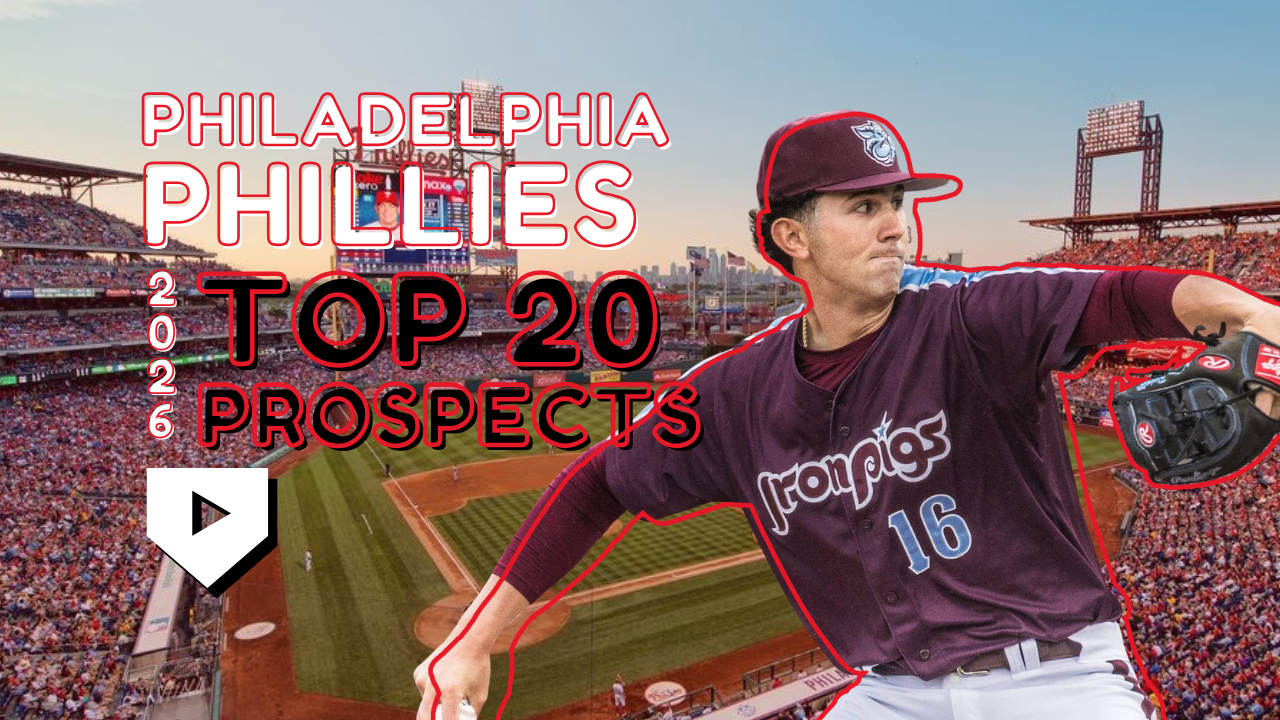
About Our Top 20 Lists
Prospects Live, led by its evaluating team & Director of Scouting Rhys White, is proud to begin rolling out its annual offseason system reports. The team combines industry feedback, our live looks, film, and available data to compile each org. We believe this effort has enabled us to present you, the reader, with our best possible view of the prospects in the organization.
We have constructed this list using the Overall Future Potential (OFP) scale. There is no perfect equation for ranking prospects or assigning value to them, but we believe this method is the best possible approach. Every prospect on this list has been graded based on the tried and true 20-80 scouting scale. An 80 is the highest tool and OFP grade on the scale, reserved for MVP-caliber players or tools. Conversely, a 20 is reserved for non-prospects (NPs). A 50 OFP falls in the middle, indicating our evaluators deem this player a future average major league player. Below the 50 OFP tier are the 45s and 40s, comprising a large majority of players on each list. These are specific-role players, such as platoon hitters, utility players, or low-leverage relievers. Above the 50 OFP tier are the 55s and 60s. A 55 represents a future above-average player, and a 60 OFP designation is reserved for future All-Star caliber players.
In addition to the tool grades and OFP, we will also include a 'Risk' associated with each prospect. We use this to better communicate to you, the reader, whether a grade is more aggressive or conservative in nature. The evaluation team has worked hard to apply both the grades and risk components to better illustrate how each individual prospect stacks up in their respective system and in the baseball ecosystem.
Evaluators: Brandon Tew, Gabriel Estevez, Grant Carver, Jackson Shelton, Matt Seese, Mitch Stachnik, Trevor Hooth
Honorable Mentions Scouting Reports
Find Scouting Reports and Tool Grades in each toggle section
40 OFP Hitters
Griffin Burkholder, OF - 40 OFP
Scouting Report
HT: 6-2 WT: 195 H/T: R/R
Highest Level: A
ETA: 2029
OFP: 40
Risk: Extreme
Hit: 20
Power: 40
Field: 45
Throw: 45
Run: 60
Scouting Report
Burkholder was selected in round 2 of the 2024 MLB draft, and across two levels, he has a .202 AVG with 4 HR, 13 RBI, .696 OPS, and 1 SB through 129 AB. At the plate, he has simple mechanics with his swing. He has a small stride towards the mound with a bat path that favors the middle of the field. He presents natural raw strength that plays to all parts of the field and has moderate bat speed through the zone. His biggest weakness is finding the bat to ball, as he possesses a 66.6 % contact rate behind a 29.0 K% and 7.9 BB%. His wRC+ at 88 is a bit eye-opening for Single-A, but he is just 20 years old at the level. A low-floor, mid-level ceiling player who is a natural athlete. - Gabriel Estevez
Leandro Pineda, OF - 40 OFP
Scouting Report
HT: 6-3 WT: 200 H/T: L/L
Highest Level: AA
ETA: 2027
OFP: 40
Risk: High
Hit: 40
Power: 55
Field: 40
Throw: 55
Run: 40
Scouting Report
2025 was a bit of a step back for Pineda, but the tools and physical projections for a power corner outfielder remain. Pineda has a tall frame with room to fill out and add more strength, despite him already being 23 years old. He is not the most athletic or quick-footed player, but the projection for impactful strength is certainly within the frame still. The left hander sets up at the plate with high hands and an open stance, waiting for any pitch inside he can turn on. The hit tool is below average, as his contact rates leave a lot to be desired and he does have to improve there. He does avoid chasing outside of the zone, which does keep the strikeouts down for now, but as pitching gets better that discipline will be tested harder. His approach can get a little too pull happy as well, leaving him vulnerable to pitches on the outer half. What makes Pineda a guy to keep tabs on is his raw power, which is above average, especially when you factor in the projection the frame still has. He is still learning how to access it in game consistently, but when Pineda gets a hold of one pull side, he can really send it deep. Pineda is not the quickest or mobile out in right field, but the arm is above average and a legit tool. He played a little first base this season too, which may end up having to be his long term home if he does fill out the rest of his frame. There are serious defensive limitations and concern for the hit tool in this profile, but the power upside is worth watching if Pineda comes out stronger in 2026. - Grant Carver
40 OFP Pitchers
Juan Amarante, LHP - 40 OFP
Scouting Report
HT: 5-10 WT: 180 H/T: L/L
Highest Level: A
ETA: 2027
OFP: 40
Risk: Moderate
Fastball: 45 - (89-91 T93 mph)
Curveball: 60 - (77-79 mph)
Slider: 50 - (80-82 mph)
Changeup: 40 - (82-84 mph)
Command: 45
Scouting Report
Amarante is an undersized southpaw who boasts a nasty curveball and is becoming an uncomfortable at-bat for left-handed hitters. Amarante screams future reliever. Though he generates below average extension, figuring out whether his fastball/sinker can play up a tick or two is worth playing around with. Amarante delivers from a high three-quarter slot, and he goes to his sinker nearly 40% of the time. His sinker and 4-seam both generate above average ride despite the lower velocity, though location continues to be a struggle. Amarante often finds himself nibbling to right-handed hitters, and when he misses, he either racks up walks or has his pitches leak over the middle of the plate, leading to lots of hard contact. Amarante likes to mix his changeup in primarily against righties, though its purpose is solely to play off the sinker early in counts. Where Amarante shines right now is against left-handed batters. He is learning how to tuck his sinker under the hands of lefties to further set up the slider and curveball away, his two best offerings. Amarante's slider is an offering he doesn't control particularly well, but when he's able to keep it down in the zone, he finds a lot of groundballs. As he develops, this becoming more of a sweeper that finds more horizontal run than downward movement would play better for his arsenal. His curveball is a hammer that averages nearly five feet of drop. It is a total nightmare for left-handed bats, and it's easily his best swing and miss pitch. As a starter, Amarante is system depth, but as a reliever, there's a path forward in this system. - Matt Seese
Eiberson Castellano, RHP - 40 OFP
Scouting Report
HT: 6-3 WT: 160 H/T: R/R
Highest Level: AA
ETA: 2026
OFP: 40
Risk: High
Fastball: 50 - (93-97 mph)
Curveball: 60 - (81-84 mph)
Changeup: 45 - (87-89 mph)
Command: 40
Scouting Report
Eiberson was taken in the 2024 Rule 5 draft by the Minnesota Twins after the Phillies failed to protect him. Clearly the Twins were a fan of his 24.7% K-BB% and .226 BAA that he posted across two levels in 2024 that were led by his hard curveball and electric four-seam. Despite that, he never pitched for them and eventually was returned to the Phillies where he transitioned from a starter to a reliever. With Eiberson being Rule 5 eligible I’d imagine that the Phillies want to get him to the big leagues as fast as possible, and the bullpen might be the path to get there. The sample size has been much smaller this year but the performance hasn’t been anything special. He has slightly regressed in just about every stat including ERA, K%, and BB%. Hot and cold streaks have defined his 2025 season as inconsistency and lack of command continue to be his biggest faults. After returning in late July from an injury, he only allowed 1 run in 6 appearances with an ERA of 1.29 and 8 strikeouts. Immediately following that streak, he allowed runs in four straight appearances including a 4 run inning on the 16th of August. Whether or not the Phillies are experimenting with his arsenal to unlock more potential is unclear but that could be another avenue in which he adds value, maybe even as a starter. When at his best, Castellano was overwhelming batters with high velocity, an explosive curveball, and a mix of changeups to left-handed hitters; a solid fourth pitch, possibly a variation of his fastball, could be what he needs to reach the next level. In order to get back to this dominance, Castellano needs to create greater control of the top of the zone with his fastball as well as get back to consistent 95+ velo with that pitch. This will allow his curveball return to producing the elite swing and miss we’ve seen before and give him the opportunity to make an impact in the bullpen. His performance in the AFL will be very interesting and could entice some ballclubs to take the same shot that the Twins attempted last year in the Rule 5 draft. Regardless, the time is now for Eiberson Castellano and it will be exciting to see how his situation plays out. - Jackson Shelton
Gabe Craig, RHP - 40 OFP
Scouting Report
HT: 6-5 WT: 209 H/T: R/R
Highest Level: A
ETA: 2027
OFP: 40
Risk: High
Fastball: 55 - (93-95 mph)
Slider: 60 - (85-87 mph)
Command: 50
Scouting Report
Craig had a heck of a season at Baylor out of the bullpen and it resulted in him being the Phillies 5th round pick out of the 2025 draft. He signed for underslot and got a taste of pro ball in Single-A already. He is a big, physical right hander that features an impressive two pitch mix. His fastball sits in the mid 90’s, but he’s shown flashes of more and with the body he has there’s no reason to think he can’t add on velocity in pro ball. The size also helps him get nice extension, so the fastball plays up thanks to that. The movement on it is a sharp ride, and he commanded it very well in his final collegiate season. It’s an above average offering with room for more, and it sets up his best pitch nicely. That pitch is his slider, which is a big breaker in the mid 80’s that is his bread and butter strikeout pitch. Craig used his slider a lot last season and it was a plus offering, especially when it came to drawing whiffs and getting hitters to chase. The pitch overmatched his competition at Baylor and it will be interesting to see how it looks in pro ball next year. The command improvements overall were a big factor in his breakout 2025 season and if he keeps it up in pro ball the grade could bump up. He should be a fast moving bullpen arm with a very good two pitch mix, and it would not surprise me to see him being used in middle relief quickly if he comes out next season looking like he did at Baylor in 2025. - Grant Carver
Mavis Graves, LHP - 40 OFP
Scouting Report
HT: 6-6 WT: 205 H/T: L/L
Highest Level: A+
ETA: 2027
OFP: 40
Risk: High
Fastball: 45 - (90-93 mph)
Cutter: 45 - (81-83 mph)
Slider: 55 - (79-82 mph)
Changeup: 45 - (82-83 mph)
Command: 45
Scouting Report
Graves came into 2025 with a deep arsenal and improving command, but the command backed up and the profile can’t afford for it to continue in the wrong direction. He is a tall left hander with not much projection but some interesting backend starter qualities. His arsenal goes 4 pitches deep, starting with the fastball that sits in the lower 90’s and looks solid despite not jumping off the page. The fastball has some sink on it and when he is going right with the command he gets a lot of ground balls with it, but it wasn’t going right enough in 2025. His slider is the best offering he has, featuring a lot of action and a lot of comfortability. Because the fastball doesn’t stand out, Graves often pitches backwards using his slider and his command of the pitch will be crucial going forward. The cutter is just a slightly harder version of the slider for the most part and the changeup does flash solid strikeout ability, but it flattens out and is vulnerable to hard hits. Both pitches are fringe but could become average with some better command and consistency on the shape. The biggest cause of concern from his 2025 season is the command backing up compared to 2024. A pitchability-based pitcher without any plus pitches needs to have above average command at least, and Graves is a long way from being there consistently. There is enough here to be a backend starter eventually and hopefully he can come out in 2026 throwing more strikes. - Grant Carver
Alex McFarlane, RHP - 40 OFP
Scouting Report
HT: 6-4 WT: 215 H/T: R/R
Highest Level: AA
ETA: 2026
OFP: 40
Risk: High
Fastball: 60 - (95 - 98 T101 mph)
Slider: 60 - (82-85 mph)
Splitter: 45 - (85-87 mph)
Command: 40
Scouting Report
Alex McFarlane is a tremendously athletic mover with a long, lean frame. After undergoing Tommy John surgery in September 2023, he missed the entire 2024 season before returning to action in 2025. Splitting time between starting and relieving for High-A Jersey Shore, McFarlane earned a September promotion to Double-A Reading. Working exclusively from the stretch, McFarlane features a simple “lift and go” operation before slingshotting the ball from a rock-skipping, sidearm release. The delivery produces upper-90s velocity, touching 101 mph in shorter stints, and sitting 93–97 mph when starting. He attacks hitters with two distinct fastballs — an upshooting four-seamer and a high-velocity sinker that runs hard in on right-handers. From his low slot, both pitches show late life and are more plus offerings but come with command inconsistency, grading below-average to fringy. Even so, he’s around the zone enough to weaponize his two fastball shapes and firm slider effectively out of the bullpen. The slider features shape variability, allowing for both a shorter, tighter version and a sweeping one with 11–8 inches of horizontal movement. McFarlane’s arsenal plays well east-west as a sinker-slider guy, while still elevating the four-seamer and driving the sinker down and in to righties, and the room he gives himself by setting up on the first-base side of the rubber allows the ball to move with his natural armside miss. He’s also toyed with a splitter to keep hitters honest — a different look from his lower release slot — and it could develop into a usable offspeed complement down the line. McFarlane appears destined for a leverage bullpen role in Philadelphia. Despite occasional command lapses, his combination of athleticism, velocity, and movement gives him the ingredients to help the Phillies pen sooner rather than later. - Brandon Tew
Michael Mercado, RHP - 40 OFP
Scouting Report
HT: 6-4 WT: 200 H/T: R/R
Highest Level: MLB
ETA: 2025
OFP: 40
Risk: Extreme
Fastball: 50 - (95-97 mph)
Cutter: 55 - (87-89 mph)
Curveball: 55 - (83-84 mph)
Changeup: 45 - (89-90 mph)
Command: 30
Scouting Report
Mercado is a former 2nd rounder that at times throughout his career has shown traits of potential impact. The past couple years have been a struggle though, and 2025 was no different. His tall, lengthy frame has always left hope for a starter, but Mercado seems to be settling into a bullpen arm going forward due to the strike throwing issues. The big right hander has a solid fastball, which consistently hits 97 mph and explodes out of his hand. When it’s going right, the pitch is being located up in the zone with some nice run and a lot of velocity. However, oftentimes it flattens out and is left in the heart of the plate due to the lack of command and consistency with the shape. The cutter is his favorite secondary of mine, sitting in the high 80’s and having some really nice glove side break. It might end up as his best strikeout pitch and gets the most whiffs as it stands. The curveball flashes above average as well, featuring some firm velocity and a lot of break when he does not overthrow it. Both of these secondaries are above average when he has them working, but he is still trying to get them working more often. He also has a changeup, which just like the rest of his arsenal, flashes some really good potential but is not consistent at all. Mercado did not seem to throw it as much in 2025 and as he settles into a bullpen role it looks like developing this one is not his priority for now. Thanks to the high end velocity and two nasty secondaries, Mercado has all the tools to be a high leverage reliever out of the bullpen. However, the command is poor and the lack of overall consistency are still hurdles he has to make strides in before he gets a consistent chance in a bullpen. - Grant Carver
Micah Ottenbreit, RHP - 40 OFP
Scouting Report
HT: 6-4 WT: 190 H/T: R/R
Highest Level: A+
ETA: 2028
OFP: 40
Risk: Extreme
Fastball: 40 - (89-92 mph)
Curveball: 50 - (79-81 mph)
Slider: 55 - (83-85 mph)
Command: 45
Scouting Report
It's been a tough, injury plagued career for Micah Ottenbreit. Since being a 4th rounder in 2021, he's appeared in just 34 games spanning 132.1 innings. He has yet to surpass High-A. In 2025, he appeared in just six games. While he is still just 22-years-old, even when on the field he hasn't quite put things together. His fastball doesn't have a ton of velocity and is hittable when left over the plate. It works best as a secondary, or even tertiary pitch off his breaking balls. When he pitches backwards he can get hitters off balance, making his fastball perform better than its grade. His feel to spin both of this breaking pitch is his best asset at present. His slider is a great whiff pitch that shows depth and more velocity than the curveball. The curveball has more downward action, but the shapes can run together at times. He uses the two breakers interchangeably and in any count. He can command his pitches well east to west. Health is the biggest question. If he can put together a healthy season and start to find the velocity that was projected from the 6'4" righty as a prep arm, then his outcome looks different. As it stands now, he looks the part of a breaking ball reliant low leverage bullpen option. - Trevor Hooth
Luke Russo, RHP - 40 OFP
Scouting Report
HT: 6-4 WT: 199 H/T: L/R
Highest Level: AA
ETA: 2027
OFP: 40
Risk: Extreme
Fastball: 40 - (90-93 mph)
Curveball: 55 - (81-83 mph)
Slider: 55 - (82-84 mph)
Changeup: 45 - (84-86 mph)
Command: 45
Scouting Report
Luke Russo emerged as one of the top arms in the MAC during his time with the Eastern Michigan Eagles. In his final college season, he tied for third on the program’s single season strikeout list with an impressive 107 punchouts in just 78 innings. Originally he committed to transfer to the North Carolina Tar Heels after his impressive season, but his breakout performance instead pushed him into pro ball where the Philadelphia Phillies selected him in the 16th round of the 2023 draft, signing him for $100,000. His 2025 campaign was unfortunately derailed by injury, cutting his season short after May 30. At 6 '4”, Russo has the prototypical pitcher’s frame, though his arsenal leans more on deception and movement than pure power. His fastball and sinker sit in the low 90s, giving hitters a chance to catch up, but his breaking stuff is what sets him apart. Both the slider and curveball sit in the low 80s and serve as his true weapons. In 2024 they played as legitimate swing-and-miss offerings, with the slider drawing a 55.1 percent Whiff rate and the curveball coming in similarly at 55.6 percent. He also sprinkles in a changeup about 12 percent of the time, which proved effective in generating a 34.4 percent Whiff rate. The other concern besides his low velocity for Russo has been command, as his 9.9 percent walk rate over two pro seasons sits slightly below average. Without a velocity bump, his fastball may not do enough to keep hitters honest at higher levels. Still, the raw ingredients are there. If a shift to the bullpen unlocks more velocity, Russo’s two breaking balls have the bite and swing-and-miss quality to play against advanced hitters. With a bit more heat, he has the potential to carve out a role as a relief weapon and is a sleeper prospect in the Phillies’ system. - Mitch Stachnik
Saul Teran, RHP - 40 OFP
Scouting Report
Saul Teran
HT: 6-1 WT: 165 H/T: R/R
Highest Level: AA
ETA: 2027
OFP: 40
Risk: Extreme
Fastball: 45 - (93-95 mph)
Sinker: 55 - (93-95 mph)
Slider: 55 - (85-87 mph)
Command: 40
Scouting Report
If you happen to be looking for a breakout relief prospect from 2025 in this Phillies system, look no further than Saul Teran. The right hander simplified his arsenal this season and made big strides overall, resulting in him dominating Single-A and making it all the way up to Double-A. He’s got some solid size to him and although the delivery is pretty high effort, he did make strides with consistency in it this season. The fastball is fringe, even though he got a couple extra ticks this season and it’s now more of a 93-95 mph heater. It gets pretty straight and the lack of high end velocity makes it vulnerable to damage, but it’s good enough to work if the command starts to improve with the pitch. Teran's favorite secondary is his slider, which he throws a ton and is by far his best pitch for whiffs. It’s a sharp pitch with late break that sits in the mid to high 80’s and when he keeps it low in the zone, hitters tend to chase after it. He also has a sinker that has much more arm side run than the fastball and these two pitches play off each other pretty well. The velocity is in the same range, but the different shapes throw off hitters and this helps with weak contact, especially on the sinker. Command is still a big question mark with Teran going forward, but it’s a pure bullpen profile so the bar to clear is not super high there. There’s two above average pitches here and enough in the arsenal to play out of the bullpen, so if Teran can adjust to the higher levels and perform like he did in Single-A this year, he could move quickly and be solid relief depth. - Grant Carver



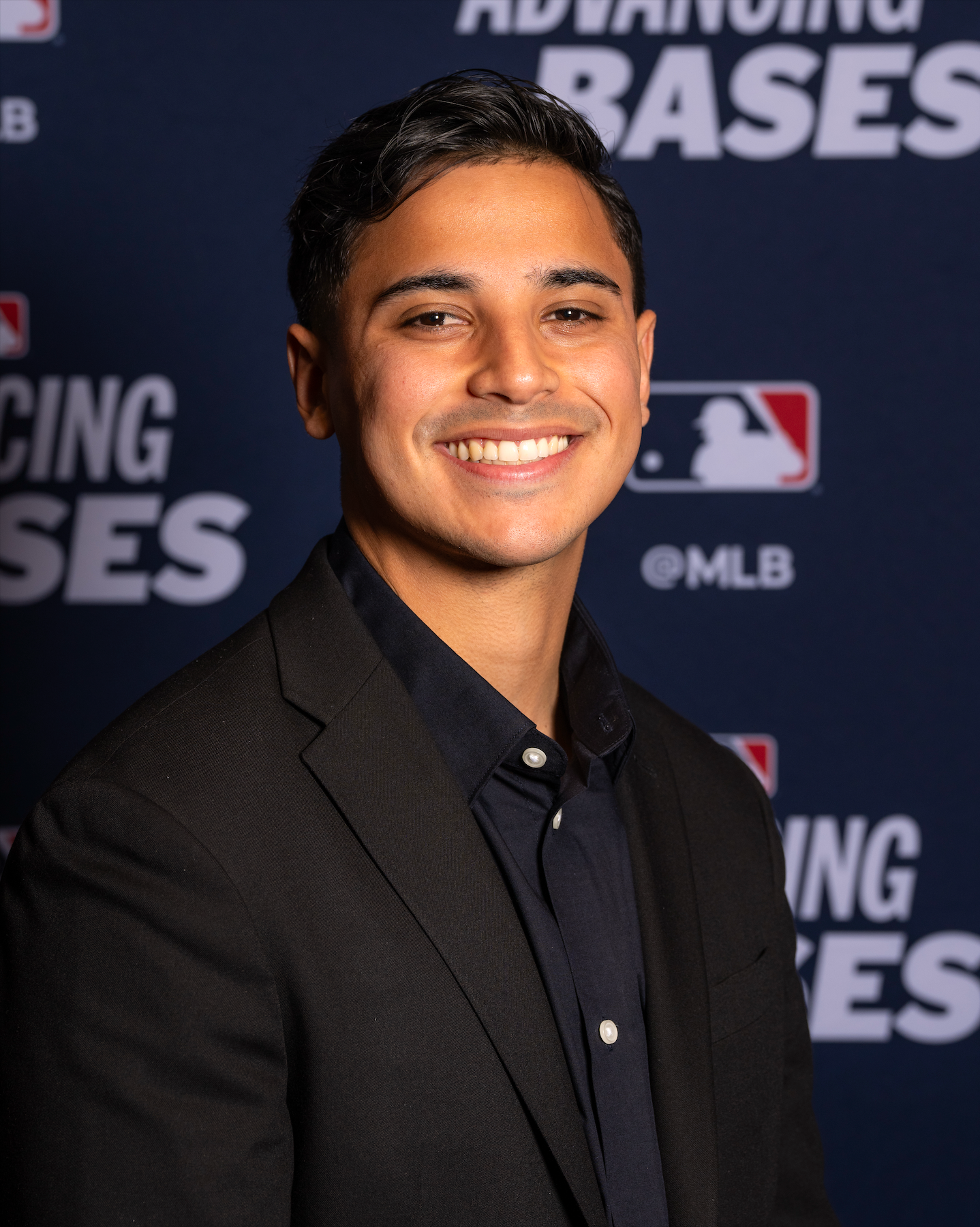



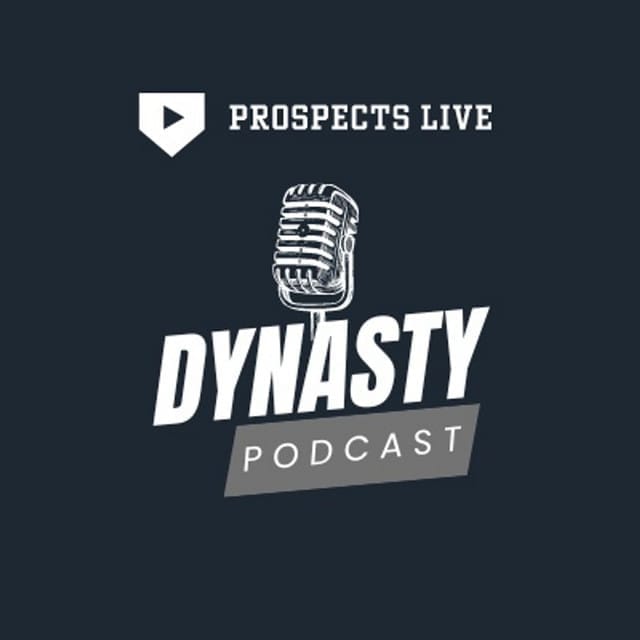

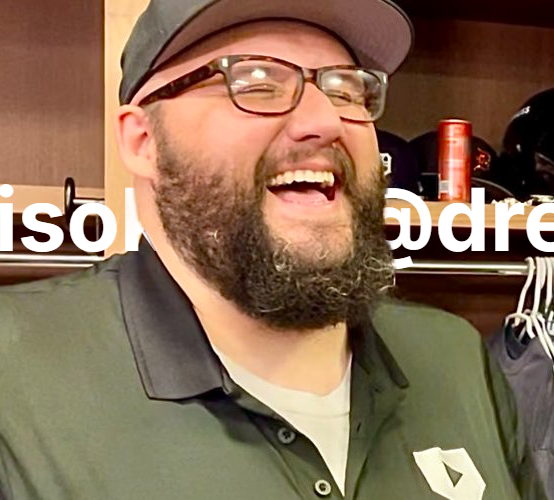

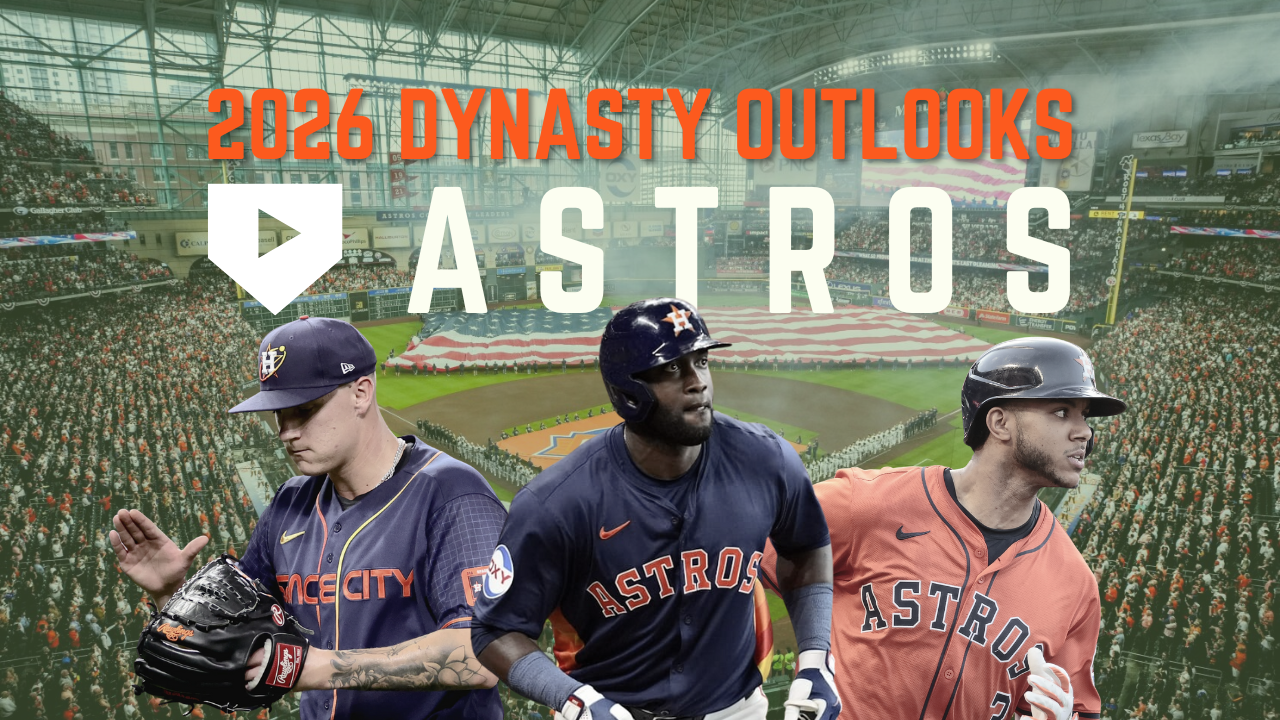
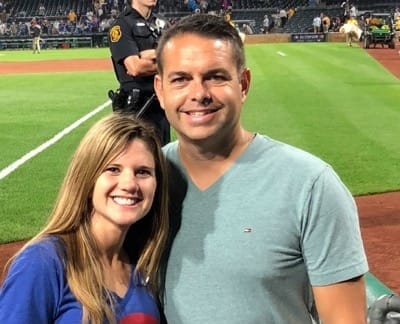

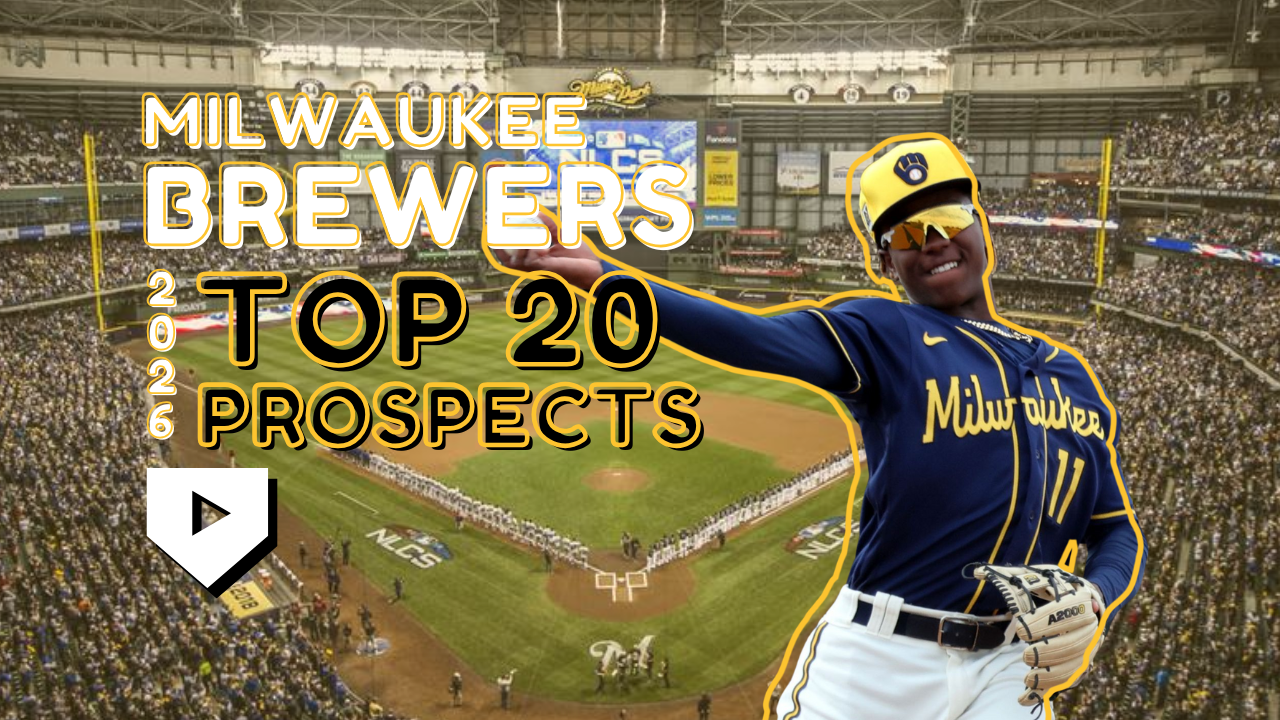



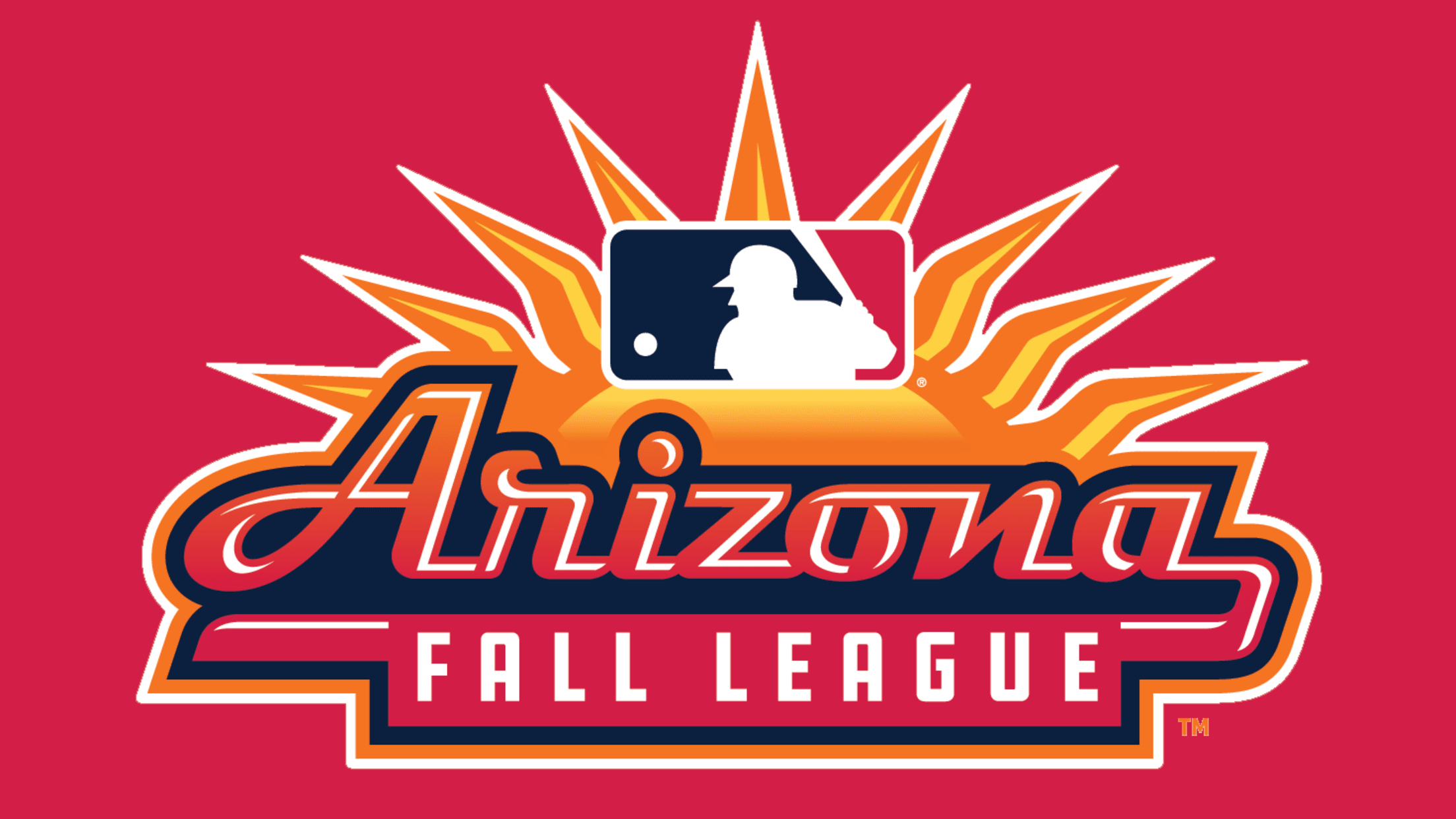
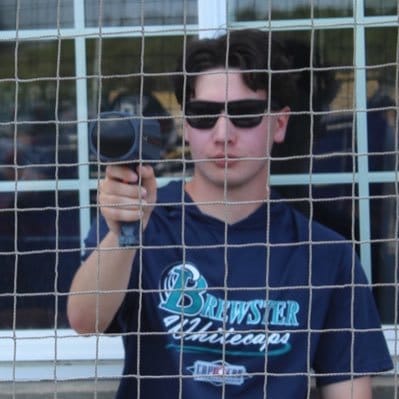
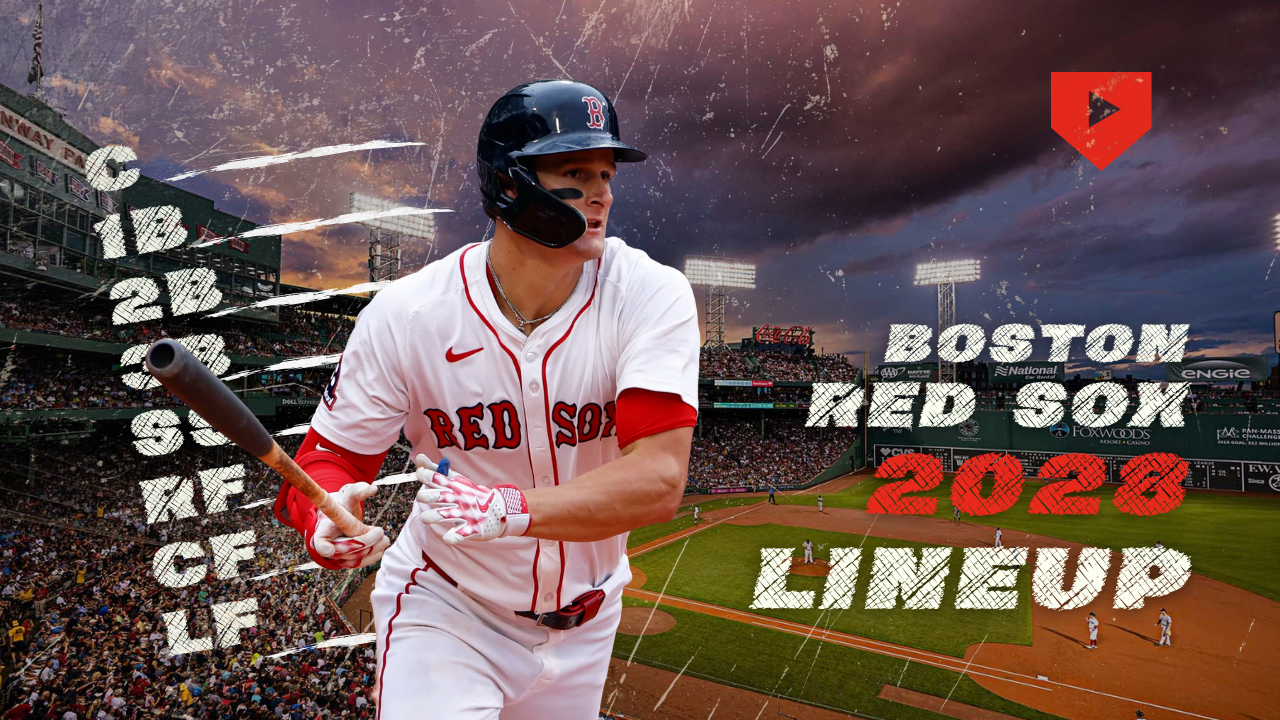


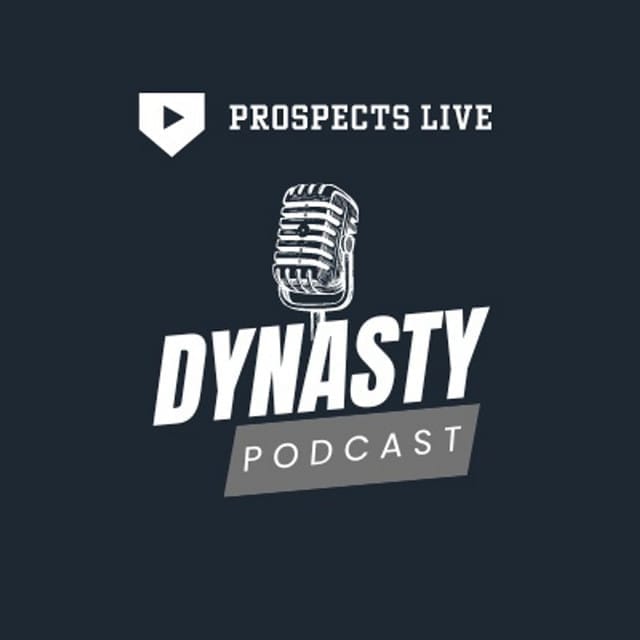
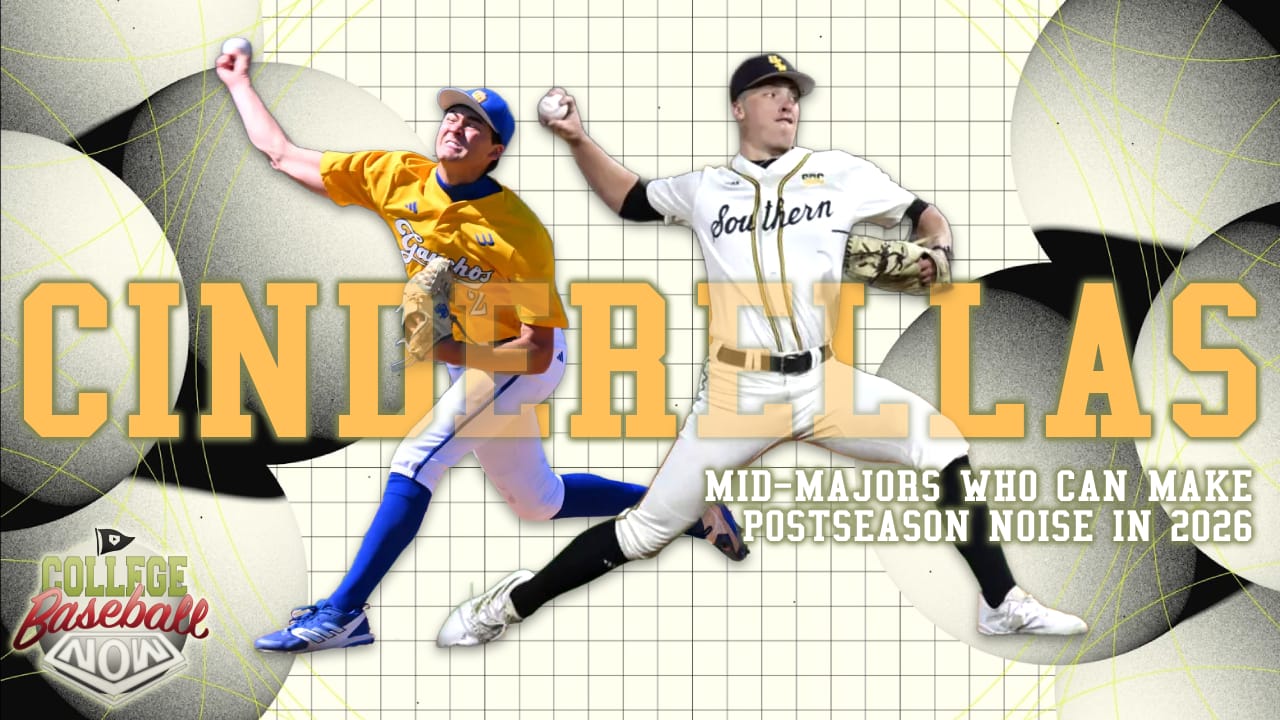
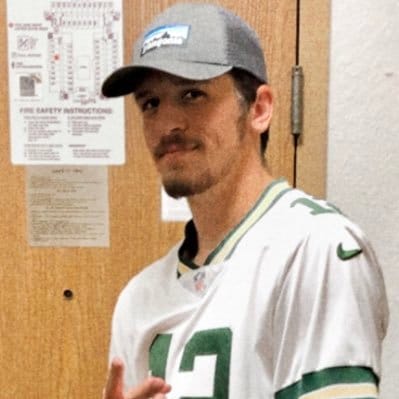

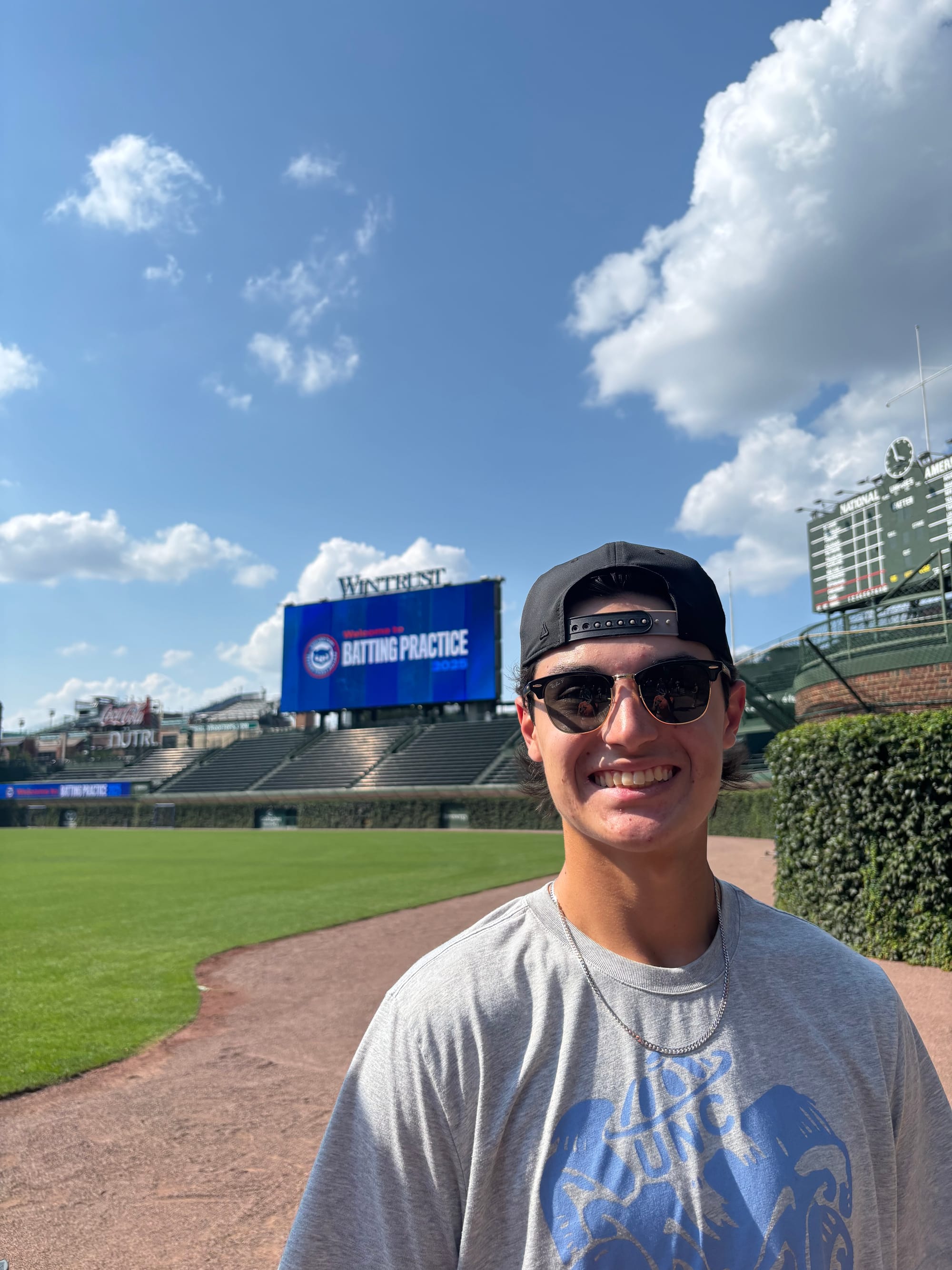
Discussion